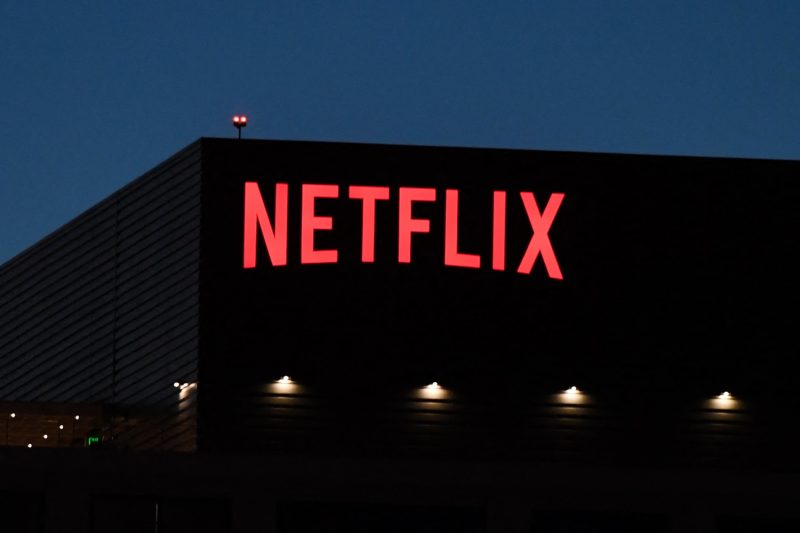Netflix Ad-Supported Tier Has 70 Million Monthly Users Two Years After Launch
The entertainment landscape has been evolving rapidly in recent years, with streaming services leading the charge in reshaping how we consume media. Netflix, one of the pioneers in the streaming industry, continues to innovate and adapt to meet the changing needs and preferences of its vast audience. One of the most notable developments in Netflix’s strategy was the introduction of an ad-supported tier, which has now garnered an impressive 70 million monthly users just two years after its launch.
The decision to introduce an ad-supported tier was a strategic move by Netflix to expand its subscriber base and cater to users who may be looking for a more affordable option. While the traditional subscription model offers an ad-free experience, the ad-supported tier provides viewers with access to Netflix’s vast library of content at a lower cost. This move not only attracts price-conscious consumers but also opens up new revenue streams for the streaming giant through advertising partnerships.
The success of the ad-supported tier can be attributed to several factors. Firstly, the sheer scale of Netflix’s user base provides a strong foundation for driving adoption of the new tier. With millions of subscribers already on the platform, Netflix was able to leverage its existing customer relationships and marketing channels to promote the ad-supported option effectively. Additionally, the competitive pricing of the ad-supported tier makes it an attractive choice for users who may have been hesitant to commit to a higher-priced subscription.
Furthermore, the success of the ad-supported tier underscores the changing attitudes towards advertising in the streaming space. While some users may prefer an ad-free experience, many viewers are willing to tolerate a certain level of advertising in exchange for access to premium content at a lower cost. By offering an ad-supported tier, Netflix is able to strike a balance between generating revenue from advertising while still providing value to its users.
The rapid growth of the ad-supported tier also highlights the importance of diversification in the streaming industry. With increasing competition from other players in the market, such as Disney+ and Amazon Prime Video, Netflix recognizes the need to innovate and offer a range of subscription options to cater to different segments of the market. By introducing the ad-supported tier, Netflix is able to appeal to a broader audience and stay ahead of the curve in an ever-evolving industry.
Looking ahead, the success of the ad-supported tier paves the way for further experimentation and innovation in Netflix’s business model. As streaming services continue to reshape the media landscape, we can expect to see more players in the industry exploring new ways to monetize their content and engage with consumers. Netflix’s experience with the ad-supported tier serves as a valuable case study for other streaming platforms looking to drive growth and adapt to changing consumer preferences in the digital age.
